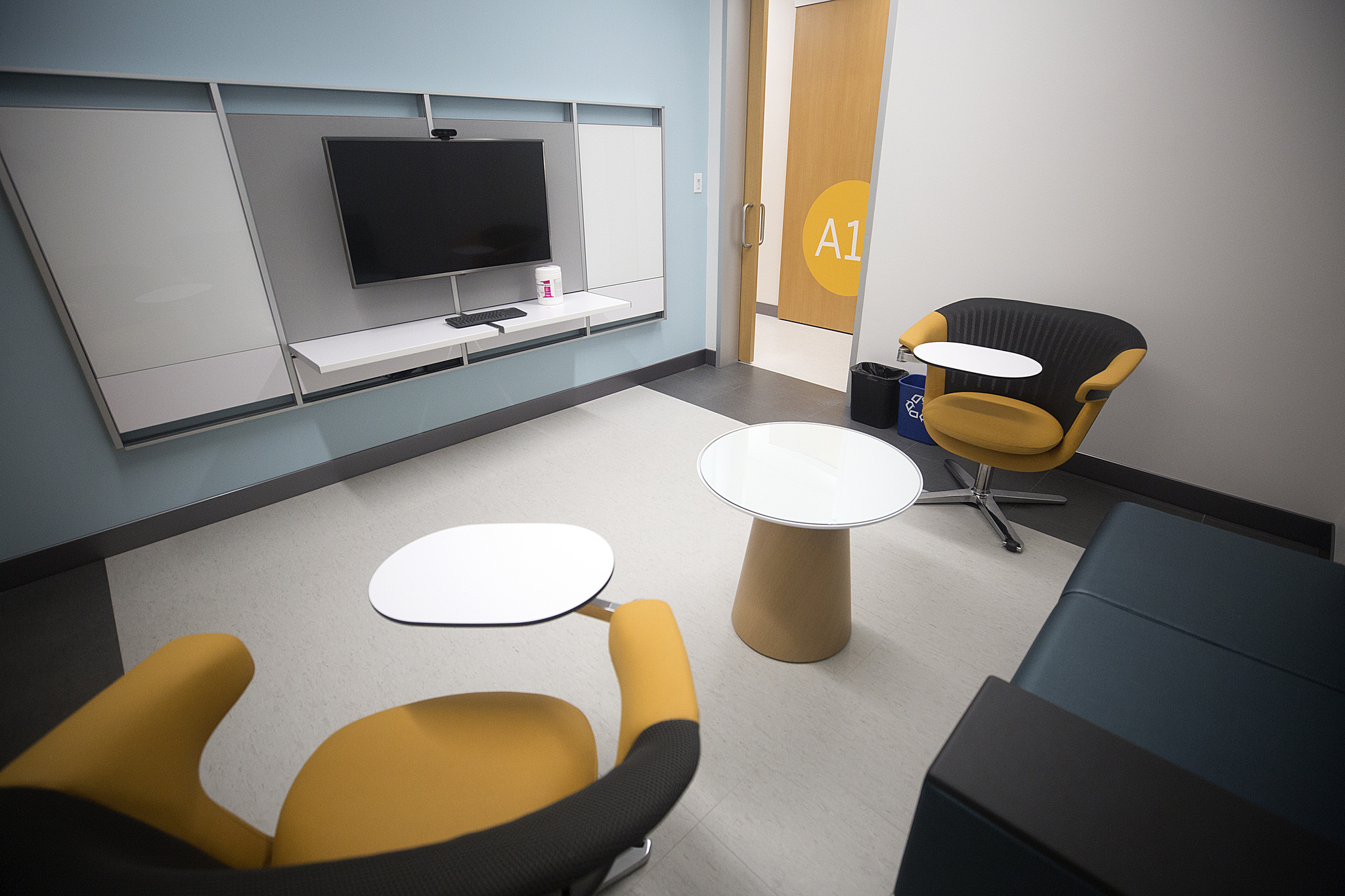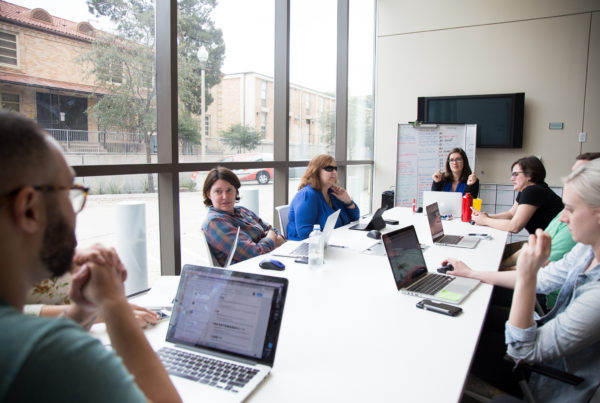Medicine is changing and the way new physicians train needs to adapt to those changes. So says Clay Johnston, dean of the Dell Medical School at the University of Texas at Austin. In a provocative article called: “Today’s Doctors are an Endangered Species.”
Johnston writes that today’s artificial intelligence can “diagnose melanoma with greater precision than dermatologists.” And it can “identify tuberculosis with nearly complete accuracy.” But, as world-changing as this may seem, Smith believes that doctors are not exactly going to become extinct, but they will evolve.
“Starting in the next decade and after, many of the activities that are performed by physicians – particularly the ones that are more regimented or standardized – are going to be replaced by artificial intelligence,” Johnston says.
But replacing human diagnosers doesn’t necessarily mean that fewer doctors will be needed because of technology. Johnston believes that technology will help doctors in issues such as reaching rural areas and people’s homes. That would be particularly important in Texas, where 35 counties have no physician of any kind, and 80 counties have five or fewer of them, according to national physician search and consulting firm Merritt Hawkins.
“We are going to need at least as many doctors in the future, but what they will be doing will change,” Johnston says. “The key point is that doctors today are distracted by some tasks that only they can do, and some of those tasks will be replaced or at least augmented by machines and artificial intelligence, things like reading X-rays, and reading pathology slides.”
With machines taking care of technical tasks, doctors will be able to focus on the human elements of the profession, such as caring, counseling and understanding patients; needs, Johnston says. Physicians of the future will still need to have some technical training, but it will be more focused on how to access data, to understand it and synthesize it.
“They won’t have to have as much facts embedded in their memory, because reality is even today, facts are easy to access,” Johnston says. “But the other thing we think is particularly important is an area that we have relatively neglected in training, and its the area of caring.”
The use of artificial intelligence in medicine can also help reduce costs in the health care system by lowering labor expenses, which are the largest component of the cost of medical care.
“Technology in every other sector has lowered the cost of industry, but it has not been the case in the health care industry,” Johnston says. “If we can get doctors focusing on what doctors do best, and eliminate the things that waste their time – and there’s a huge potential to do that – then we can actually work to lower costs and improve outcomes, and actually improve the quality of the profession.”
According to Johnston’s article, it’s essential that medical education leaders rebalance their curricula toward the new scenario, so that future patients receive the best care that man and machine together have to offer.
“Time will tell, but my hope is that technologies actually have the potential to bring us closer to patients by eliminating the more mundane tasks and then clarifying the tasks that are uniquely performed better by physicians, and allowing us to focus on them,” Johnston says.
César Lopez-Linares.
















